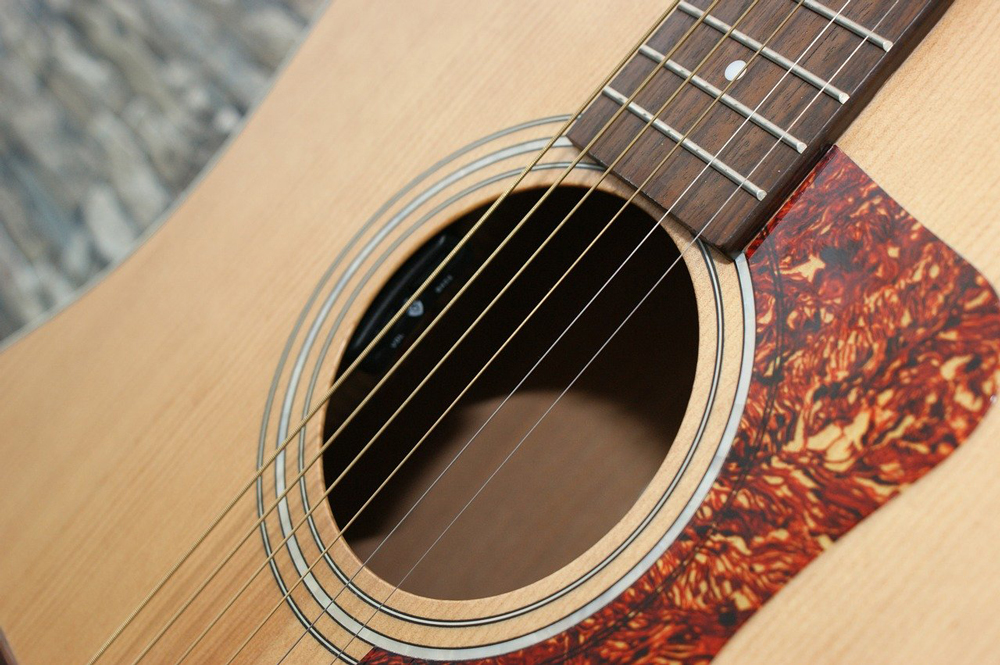A few years ago, I bought a really nice guitar to replace the mediocre one I’ve had since my tenth birthday. On one level, the purchase was hard to justify; I am not and never will play at a caliber to match my new equipment. But having such a nice musical instrument does inspire me to play more, and maybe it even helps me play better. My equipment is leading the way.
Fortunately, nice guitars don’t cost nearly as much as nice boats do, so it was a purchase that didn’t eat too far into my savings. Unlike the purchase I made ten years ago next month: a brand new Yngling—and the molds hadn’t even been built yet.

Flashback to January, 2001: The Yngling had been announced as the new Olympic women’s boat in November, 2000, and I had decided to step up from crewing to start my own program. Because I was a long shot for winning the Trials, I figured I’d buy equipment that was appropriate to my skill level. In other words, a good used boat rather than a new Olympic-ready model.
Boatbuilder Bill Abbott had other ideas. “You’re going to compete with the big girls, you’ve gotta have a top notch boat,” he told me when I called to ask about a used boat I’d seen advertised. He is the consummate soft-sell, and after listening to him for an hour on the phone I rushed to write a check for the deposit on a new boat.
His sales pitch was a large part of my early success in the class. Just like my new guitar, quality equipment led the way to a big regatta win a year later, which also earned us the #1 slot on the 2002 US Sailing Team. Suddenly we were players, one of the “big girls.” Something we never would’ve accomplished in a used boat.
In other classes, deciding between a boat that’s “okay” and one that is “top-notch” is a lot more complicated. There’s no Olympic Trials on the line, and for most of us, not as much time and effort can be devoted to sailing. So why is quality equipment still important? Because for me, it’s the easiest thing to get right.
One of my biggest weaknesses is making the best of mediocre or unproven equipment, which is why I generally don’t perform well in charter boats. It’s mostly psychological; I’m constantly wondering why I should be putting in all this effort (and time and money) to sail a boat that isn’t perfect. Many of my sailing friends can jump in any boat and go out and sail their best. For better or worse, I can’t.
Fortunately one of my strengths is maintaining and improving equipment. I actually like boat work, as long as it doesn’t eat up too much sailing time. I’ve gained a reputation (mostly deserved) as a tweaker; someone who fiddles with something to make it even better, even if the standard hardware would work fine. It’s how I make boats truly mine.
Different classes have vastly different gaps between new boats and used boats, as well as vast differences in the quality of used boats. So it’s hard to generalize across class lines what is “affordable” and what is “top end.” But every class has these two categories; the bulk that will fill out the middle of a local fleet, and the very few that are capable of winning international championships.
Of course pocketbooks and their depth will determine how much boat we can each afford. But like my guitar and Yngling purchases, it’s more of a two way street than I used to think. Committing the resources to a top end boat might just encourage me to commit more time and effort. And it will definitely make the sailing more fun, knowing our equipment is leading the way.